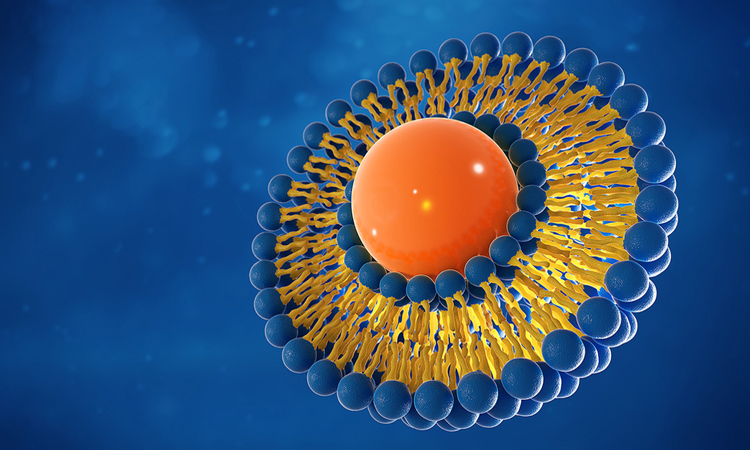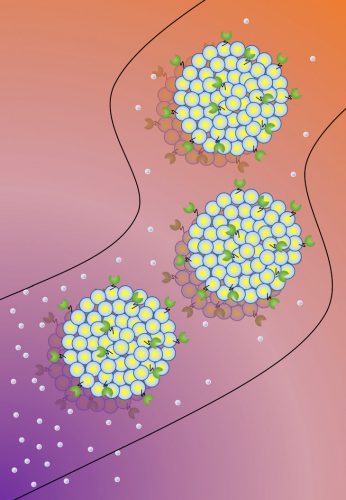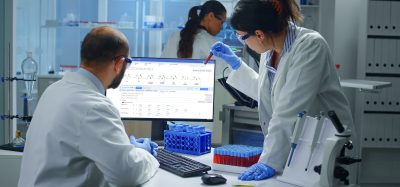Enzyme-coated protocells could be used as targeted drug-delivery system
Posted: 20 November 2019 | Victoria Rees (European Pharmaceutical Review) | No comments yet
A study has shown that using certain enzymes on liposomes could be an effective form of directed drug delivery.


Researchers have developed a potential form of drug delivery that allows synthetic protocells to be directed towards or away from chemical signals.
According to the team, from Penn State, US, their system could be used to specifically target locations in the body with medicine.
“The futuristic vision is to have drugs delivered by tiny ‘bots’ that can transport the drug to the specific location where it is needed,” said Ayusman Sen, Professor of Chemistry at Penn State and lead researcher. “Currently, if you take an antibiotic for an infection in your leg, it diffuses throughout your entire body. So, you have to take a higher dose in order to get enough of the antibiotic to your leg where it is needed. If we can control the directional movement of a drug-delivery system, we not only reduce the amount of the drug required but also can increase its speed of delivery.”


Tunable chemotaxis of enzyme-coated protocells could lead to precision drug delivery. Illustration of protocells, called liposomes, that have enzymes (green) attached to their external surface moving through a microfluidic device. Depending on the enzyme, protocells can be made to move toward or away from gradients of chemical signals (grey dots)
(credit: Ambika Somasundar, Penn State).
The researchers developed their technology by coating the surface of the protocells with enzymes, giving them control over their direction of movement.
Chemical signals coming from the site of infection are recognised by the protocells, allowing them to move in a process called chemotaxis. Previous studies have demonstrated that enzymes conduct chemotactic movement; the reactions they catalyse produce energy which can then be utilised, but no studies had shown how to use chemotaxis negatively until the current research.
To make the protocells, the team used tiny sacs called liposomes which are comparable to natural cells. The enzymes were then attached catalase, urease and ATPase enzymes to the outer layer of these liposomes.
These were placed in a microfluidic device that maintained a gradient of either the enzyme’s reactant or its products. The researchers used this to measure the movement of the liposomes towards or away from specific chemicals.
The catalase-coated protocells moved towards their reactant, but the urease-coated protocells moved away. The ATPase protocells were able to move both towards and away from the reactant, depending on the concentration.
“To effectively deliver drugs, you need two things: the ability to carry the drug and the ability to precisely control movement,” said Sen. “The interior of the protocells that we use can be filled with a payload and we are now getting closer to finely controlling their movement.”
The findings were published in Nature Nanotechnology.
Related topics
Drug Delivery Systems, Drug Development, Research & Development (R&D)









